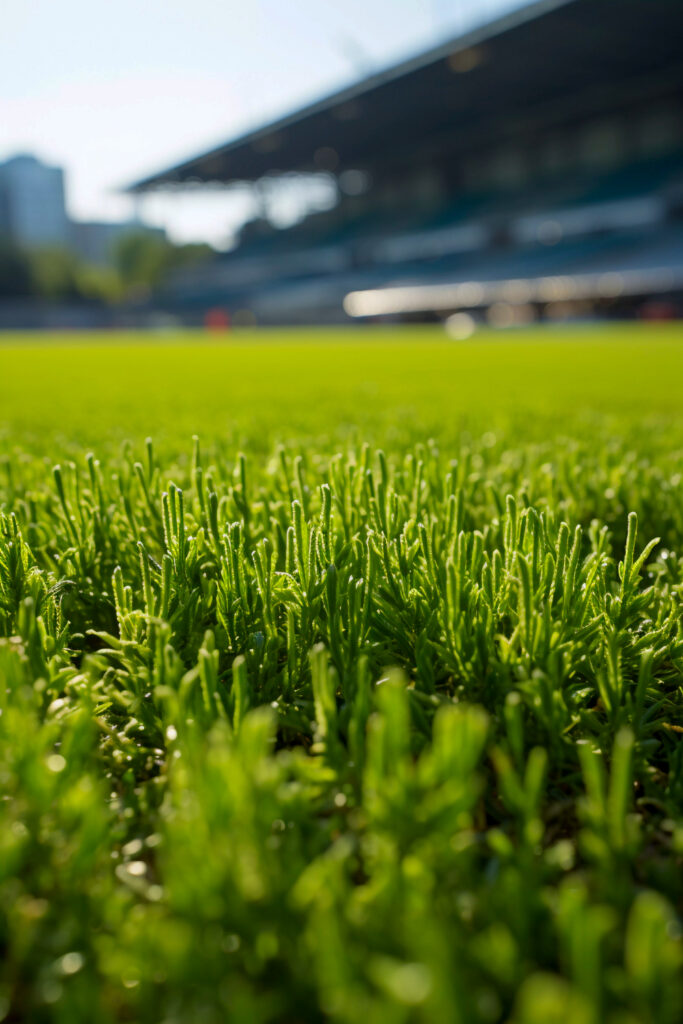
For decades, the focus in sports performance has centered on athletes—their training, gear, and recovery. But now, attention is shifting to something less obvious but just as critical: the surface they play on. From cutting-edge turf systems in football stadiums to shock-absorbing tracks at Olympic venues, the evolution of sports surfaces is quietly transforming the way athletes move, compete, and stay healthy.
Today’s playing fields, courts, and tracks are no longer simple stretches of grass or concrete. They’re engineered systems, designed with biomechanics and injury prevention in mind. And the results are clear: better traction, fewer injuries, and more consistent performance—regardless of weather, wear, or venue.
Take hybrid grass systems, for example. These high-tech blends combine natural grass with synthetic fibers, giving players the feel of real turf with the durability and stability of artificial support. Used in elite football and soccer stadiums, these surfaces reduce divots, improve footing, and lower the risk of joint injuries caused by sudden slips or awkward pivots.
Artificial turf has also come a long way since its early, injury-prone days. Modern synthetic fields now include multiple layers—like shock pads and infill systems—that absorb impact and mimic the give of natural soil. This reduces stress on ankles, knees, and hips, especially in sports with frequent cutting and high-speed changes in direction. Some systems even include temperature-regulating materials to prevent heat buildup on hot days.
Running tracks have undergone a similar transformation. Traditional cinder tracks have given way to high-performance polyurethane surfaces, which offer optimal grip, controlled energy return, and better shock absorption. These tracks help reduce repetitive stress injuries while maximizing speed—critical for elite sprinters and distance runners alike. The consistent surface also ensures fairness across competition lanes, eliminating subtle but impactful differences.
Indoor courts and training facilities are being reimagined too. Wood floors now feature subfloor cushioning systems that absorb impact without compromising bounce. This is especially important in sports like basketball and volleyball, where high jumps and sudden landings can take a toll over time.
These innovations aren’t just for pros. Schools, gyms, and local parks are starting to adopt safer, more durable surfaces that minimize injury risk and extend usability. It’s a shift that benefits both performance and public health—helping athletes of all levels stay active longer and train more consistently.
What’s driving this change? A mix of data, injury tracking, and material science. As wearable tech and biomechanical analysis provide deeper insight into how athletes interact with the ground, designers can fine-tune surfaces to match real-world needs. Everything from the hardness of a football field to the traction coefficient of a tennis court can now be optimized.
Ultimately, the goal isn’t just to improve play—it’s to preserve athletes. The surface underfoot is no longer a passive backdrop to the game. It’s an active part of performance, recovery, and longevity. And as technology continues to evolve, so will the ground athletes train on—smarter, safer, and built for the future of sport.

Lorem ipsum dolor sit amet, consectetur adipiscing elit. Ut elit tellus, luctus nec ullamcorper mattis, pulvinar dapibus leo.
Lorem ipsum dolor sit amet, consectetur adipiscing elit. Ut elit tellus, luctus nec ullamcorper mattis, pulvinar dapibus leo.